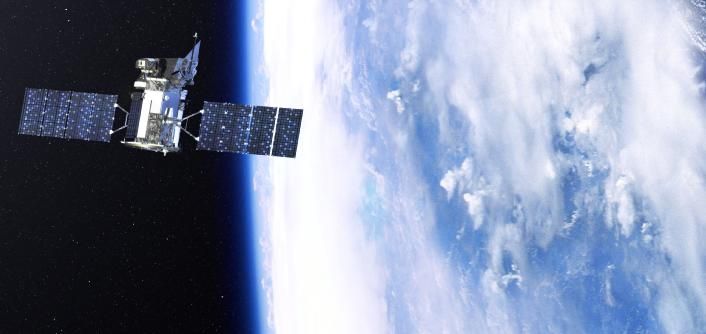
NASA's Lost Glory Satellite: Why It Failed and Why It Matters

This story was updated at 2:44 p.m. ET.
NASA's Earth-observing satellite, called Glory, launched this morning (March 4), but within minutes, scientists realized the rocket would not make it into orbit. The failed launch has implications for the study of Earth's climate and the changes that are shifting it.
Glory launched from Vandenberg Air Force Base in California, on a Taurus XL rocket. The nose cone of the rocket covering the satellite failed to separate, making it too heavy and too slow to achieve orbit.
The failed launch comes after a week of delays due to technical difficulties, and is the second consecutive failure for a Taurus XL rocket. NASA has established an investigation board to determine the cause of the launch failure.
Scientists had hoped the satellite would address key uncertainties in climate research by enriching scientists' understanding of the Earth's energy budget — the amount of energy entering and exiting the Earth's climate system — which is important for anticipating future changes to the climate. [Video of NASA's Failed Glory Satellite Launch]
"It would have made important measurements to the understanding of Earth as a system and the impacts of climate change," said Mike Luther, deputy associate administrator for programs in NASA's science division.
Missing data
Sign up for the Live Science daily newsletter now
Get the world’s most fascinating discoveries delivered straight to your inbox.
The Glory satellite was to monitor how the sun and tiny particles in the Earth's atmosphere, called aerosols, affect the planet's climate.
"It's pretty sad," said Mian Chin, of NASA's Goddard Space Flight Center in Greenbelt, Md. "Glory would have provided the micro-physics and aerosol composition data that are currently not available from other satellite data." [FAQ: Inside NASA's Climate-Watching Glory Mission]
Aerosols are tiny liquid and solid particles suspended in the atmosphere from both manmade and natural sources. Human-produced aerosols come from burning fossil fuels and biomass and coal combustions. Aerosols are also injected into the atmosphere by volcanoes or forest fires.
"Because we can't easily distinguish what's what from space, we don't have good global coverage of exactly how much of the aerosol is anthropogenic, and how much is natural," said NASA climate scientist Gavin Schmidt, on the blog Real Climate, for which he is a contributor.
Aerosols scatter and absorb incoming sunlight — or radiation reflected by the surface of Earth — as it passes through the atmosphere. Some aerosols scatter light back to space, thus cooling the Earth's surface. Other kinds of aerosols, particularly the ones that come from burning fossil fuels, absorb some of the light and warm the Earth's atmosphere.
Scientists can currently only take snapshots of aerosols. But the instrument on Glory would have been the first capable of identifying aerosol types globally from space, and then tracked how they changed with time, to help pinpoint how they are affecting the climate, Chin told OurAmazingPlanet.
"It's a big setback," said Chin, who was involved with the design and review of the aerosol measuring instrument.
Solar energy
Glory would have also measured variations in the amount of solar energy that strikes the top of the atmosphere.
The solar irradiance record stretches back to the 1970s, and Glory would have kept that record largely continuous. Glory's solar energy instrument would have been at least three times more accurate than the previous version, NASA's Solar Radiation and Climate Experiment (SORCE) mission, which launched in 2003.
A similar launch failure occurred on a Taurus rocket in 2009, dooming another NASA climate mission — the Orbiting Carbon Observatory — when it also crashed into the southern Pacific Ocean.
The Glory satellite is now somewhere in the southern Pacific Ocean, space agency officials said.
"Glory, and its sister satellites, are our eyes on the world, said Ken Caldeira, a noted climatologist at the Carnegie Institution for Science in Stanford, Calif. "Without the monitoring systems provided by Glory and its companions, we will be groping in the dark."
Follow staff writer Brett Israel on Twitter @btisrael.
This article was provided by OurAmazingPlanet and SPACE.com, sister sites of LiveScience.











